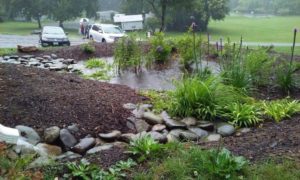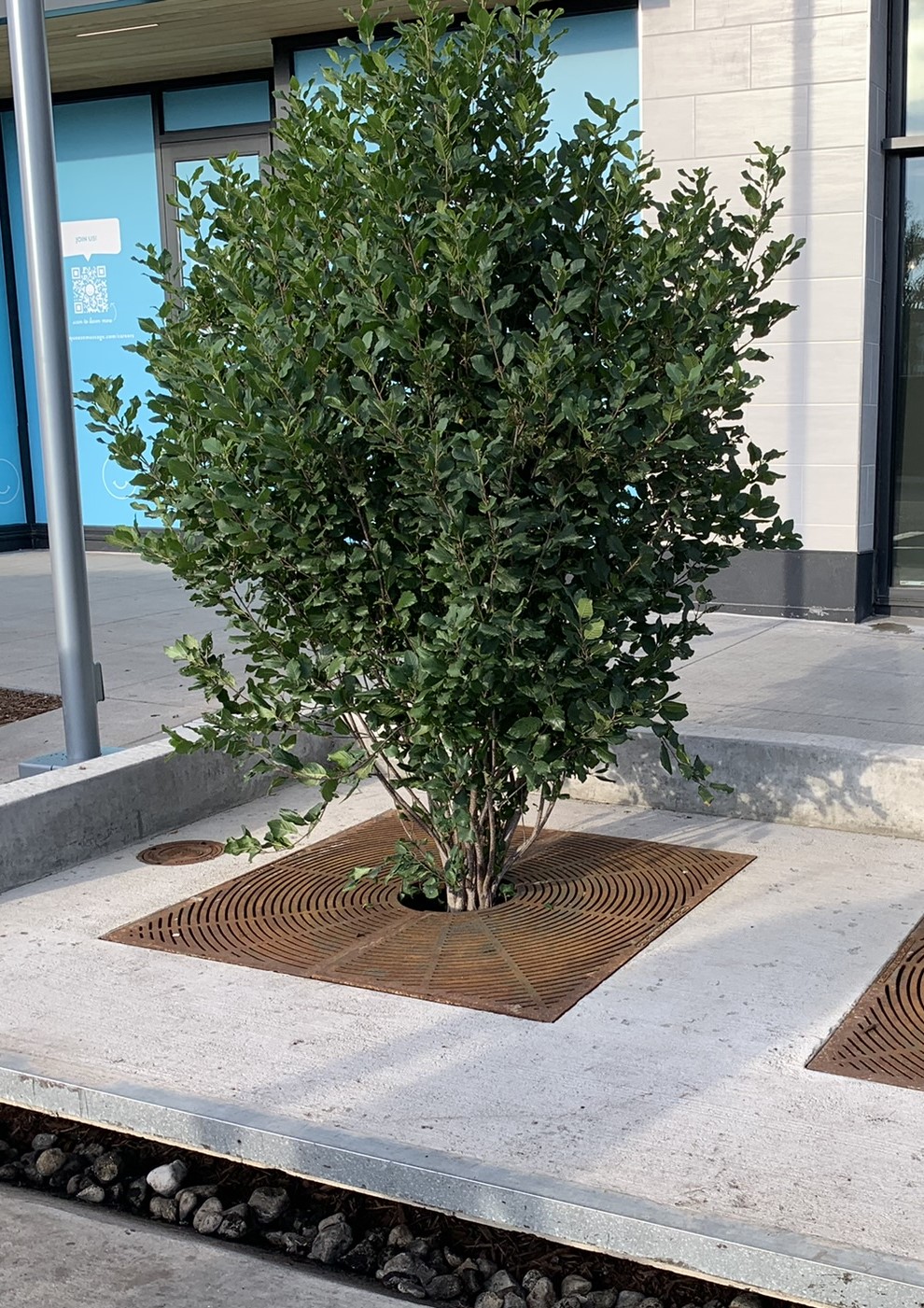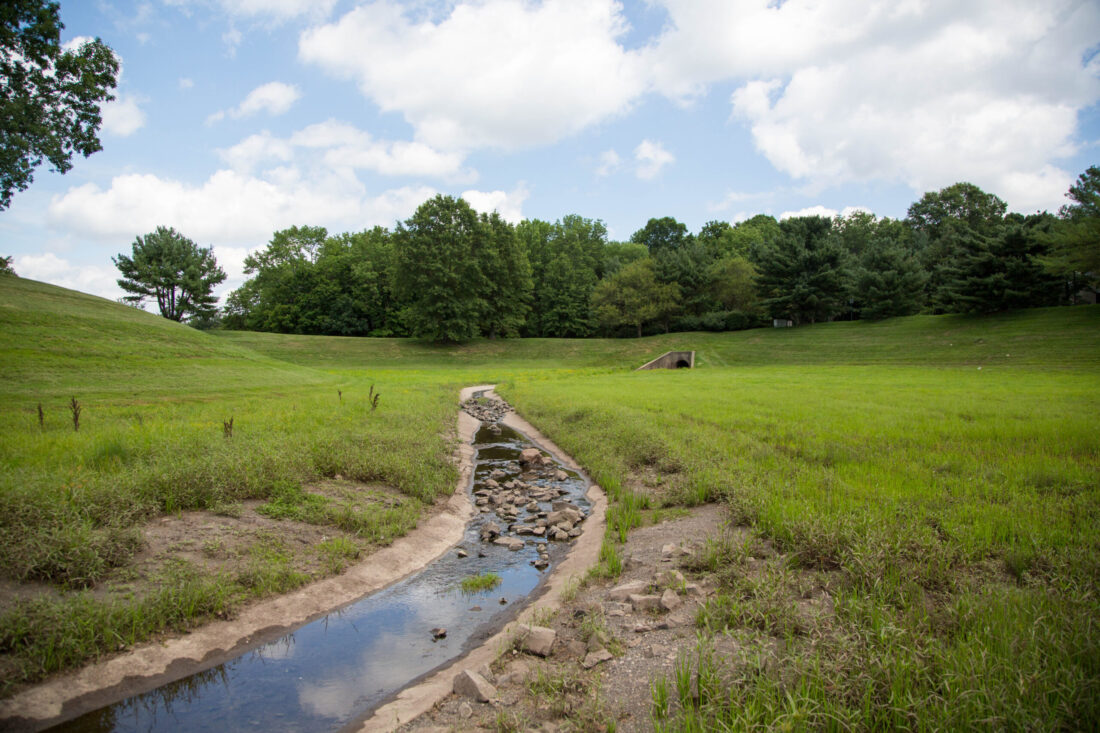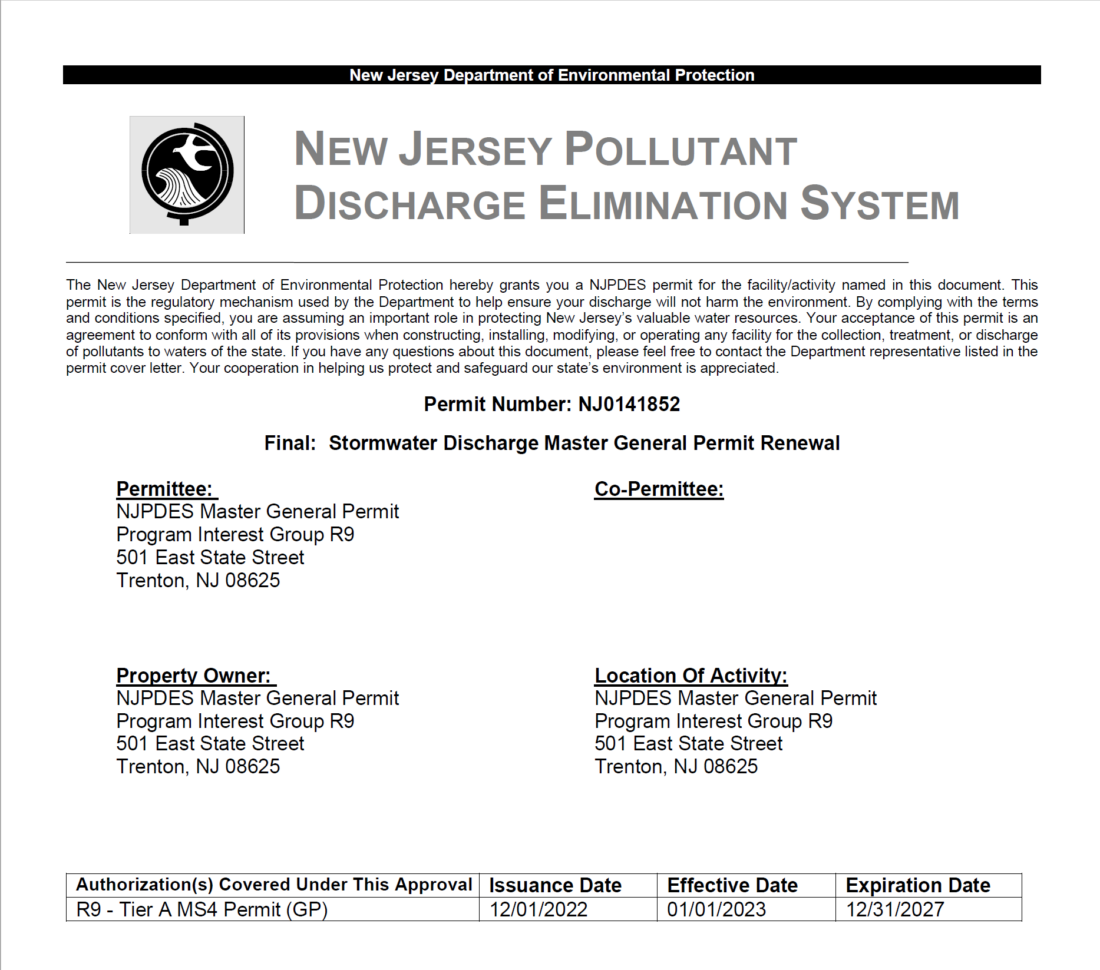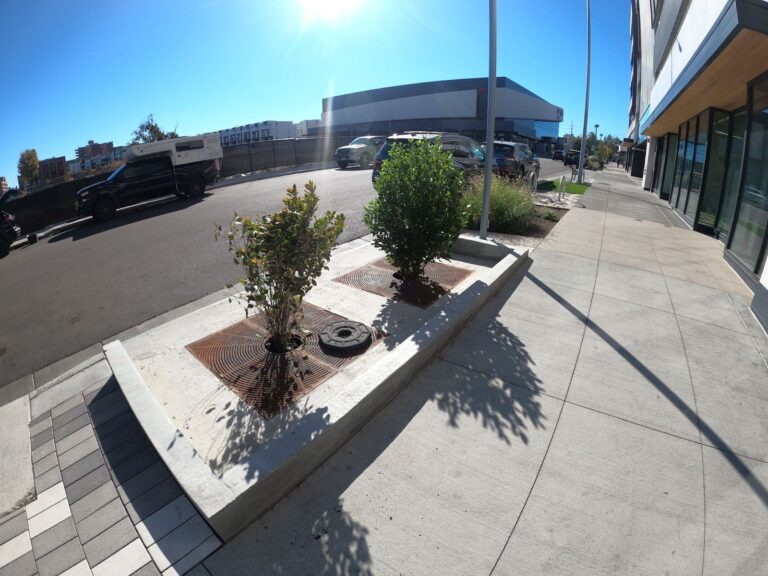
Benefits of Stormwater Infrastructure: What Is Green Stormwater Infrastructure?
Green stormwater infrastructure offers a sustainable solution to the challenges posed by stormwater management in urban areas. With the increasing prevalence of impervious surfaces, such as concrete, stormwater runoff has become a significant issue, overwhelming sewer systems and polluting water bodies. Green infrastructure harnesses natural elements like soil and plants to transform rainfall into a valuable resource, mitigating the negative impacts of stormwater runoff. Read on to learn more about the various benefits of green stormwater infrastructure, including its positive effects on water quality and quantity, air quality, climate resiliency, habitat and wildlife, and communities.
Examples of Green Stormwater Infrastructure: Quality and Quantity
Stormwater runoff solutions can help in many areas, whether it’s the improvement of water and air quality or the protection of wildlife and communities.
Water Quality
Urban stormwater runoff carries pollutants like pathogens, nutrients, sediment, and heavy metals, which end up in streams, lakes, and beaches. Combined sewer systems exacerbate the problem by releasing untreated sewage during high stormwater flows. Green infrastructure tackles these issues by retaining rainfall from small storms and reducing discharges and pollutant loads. Additionally, it treats stormwater that is not retained, further improving water quality.
- Flooding: Conventional stormwater infrastructure rapidly drains stormwater, increasing peak flows and flood risk. Green stormwater infrastructure, on the other hand, slows and reduces stormwater discharges, effectively mitigating flood risk.
- Water supply: Rainwater harvesting and infiltration-based practices enhance water supply system efficiency. Rainwater collected can be used for outdoor and some indoor irrigation purposes, reducing reliance on municipal water. Infiltrated water recharges groundwater, a vital water source in the United States.
- Cost savings: Implementing green stormwater infrastructure instead of traditional gray infrastructure allows for stormwater sustainability and can result in lower capital costs for developers. Savings come from reduced site grading, paving, landscaping, and the elimination of large piping and detention facilities. Green infrastructure controls can be cost-effective alternatives to conventional controls in cities with combined sewer systems, reducing public expenditures on stormwater infrastructure.
Nature-based solutions and green infrastructure can also help with the quality of air, too.
Air Quality
When it comes to air quality, green urban stormwater management positively affects:
- Ground-level ozone: Green stormwater infrastructure plays a crucial role in reducing ground-level ozone, or “smog.” Vegetation in green infrastructure helps lower air temperatures, reducing the emissions associated with air conditioning. Additionally, plants filter out air pollutants, contributing to improved air quality.
- Particulate pollution: Particulate matter, consisting of dust, chemicals, and metals suspended in the air, poses health risks when inhaled. Green infrastructure features like trees and parks absorb and filter particulate matter, reducing its concentration in the air.
- Health effects: Breathing smog and particulate pollution can lead to respiratory ailments and other health issues. Increased tree canopy, facilitated by green infrastructure, has significantly reduced mortality, hospital admissions, and work loss days.
The intricacies of green infrastructure do pose some common questions, such as, “What is the difference between green infrastructure and green stormwater infrastructure,” or .”What is the difference between gray and green stormwater infrastructure?”
Green infrastructure is the umbrella that green stormwater infrastructure falls under. Green infrastructure encompasses many sustainable practices, and one area focuses completely on stormwater management.
When it comes to green and grey, green refers to things in nature, while grey refers to man-made. For example, green infrastructure can include soil, wetlands, forests, and floodplains, while grey infrastructure includes roads, pipes, dams, etc.
Other Benefits of Stormwater Management
The importance of stormwater management is profound. If you’re curious what the benefits of green stormwater infrastructure are, green solutions do much more than just improve water and air quality:
Climate Resiliency
Green stormwater infrastructure contributes to climate resiliency by addressing the challenges of climate change. It helps cities adapt to extreme weather events, such as heavy rainfall and heatwaves, which are becoming more frequent and intense. By reducing stormwater runoff and flood risk, green infrastructure enhances the resilience of urban areas to climate-related impacts.
Habitat and Wildlife
Green stormwater infrastructure creates valuable habitat and supports wildlife in urban environments. It provides vegetation, water, and shelter for various species, contributing to urban biodiversity. In turn, enhanced biodiversity improves ecosystem health and resilience.
Communities
Green infrastructure solutions offer numerous benefits to communities, beyond their environmental advantages. Integrating green infrastructure into urban areas enhances aesthetics and livability. Green spaces, such as rain gardens and bioswales, add natural beauty to the built environment, improving residents’ overall quality of life.
Social & Educational Benefits
Green infrastructure also provides social and educational benefits. Green infrastructure for stormwater management provides educational opportunities for the community. It is a tangible example of sustainable practices and encourages public engagement in environmental stewardship. Also, green stormwater management projects often involve community participation, fostering social cohesion and a sense of ownership. Residents can actively contribute to designing and maintaining green infrastructure, strengthening community bonds.
Green stormwater infrastructure offers a holistic approach to stormwater management, providing multiple benefits for water quality and quantity, air quality, climate resiliency, habitat and wildlife, and communities. By harnessing the power of nature, we can create sustainable solutions that address the challenges posed by stormwater runoff in urban environments. Implementing green stormwater infrastructure not only mitigates the negative impacts of stormwater but also enhances the overall livability and resilience of our cities. Embracing green stormwater infrastructure is a step towards a more sustainable and environmentally conscious future.
For more information on green stormwater infrastructure and how it can benefit your community or information on green infrastructure consultancy, contact us today to speak with a professional or to request a quote.


